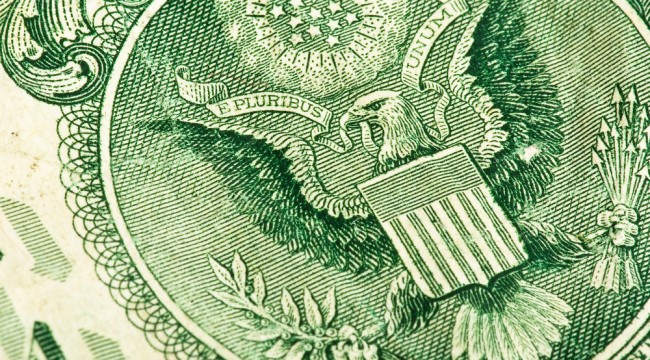How Often Are Fed Forecasts Wrong? Pretty Often
Federal Reserve chairman Ben Bernanke gave testimony today on the future of the Fed’s easing program. “The current pace of purchases could be maintained for longer,” Bernanke warned. He cautioned that inflation might remain “too low,” the outlook for employment might decline or “financial conditions — which have tightened recently — were judged to be insufficiently accommodative to allow us to attain our mandated objectives,” Bernanke told the House Financial Services Committee.
Markets rose after his testimony, with the Dow up a modest 0.13 points. The ho-hum reaction would seem to indicate investors are aware of his backtracking in order to save face after markets reacted to his last “tapering” announcement last month with a stock dump.
Bernanke didn’t say anything surprising today. He rarely does. His job is to babysit fussy investors and deflect inquiries from his incompetent congressional overseers, being as obtuse as possible over the details. You may want to keep in mind, however, that this particular central bank has been wrong about its GDP forecasts for much of the last decade. “The Fed is wrong all the time,” noted The Washington Post last month, citing extraordinarily optimistic Fed forecasts from 2009-2012 that never came to pass. Says the Post:
“In 2009, the Fed was predicting 4.2% growth in 2011. Awesome! But then in 2010, it revised that down to 3.85% growth. And in 2011, they revised it further to 2.8% growth. And when all was said and done, the economy only grew about 2.4% that year. The Fed projected growth almost twice as fast as what actually happened.
“Same deal for 2012. The Fed’s first forecast, in 2010, projected 4% growth. 2011′s projections reduced that to 3.5% growth. 2012 knocked it down to 2.15% growth. And the final number was about 2%.”
Fed officials estimate the 6.5% unemployment threshold could be reached by the end of next year. That outlook is based on estimated growth of 3-3.5% for the economy in 2014, according to the committee’s June central tendency estimates.
The Fed’s forecasts for this year don’t really jibe with other estimates. The IMF estimated U.S. GDP growth would be about 1.7% this year and 2.7% next year. The World Bank cut its forecasts to 2.2% for this year. Several major banks, including Bank of America and Goldman Sachs, also reduced their Q2 forecasts as June data came in by as much as 1%, according to fabiusmaximus.com. A Bloomberg estimate of private GDP forecasters was also lower, at 2.9%
Shrinking forecasts aren’t the only problem. The reality of GDP growth with respect to forecasts has not been encouraging. In Q1 2013, growth missed its projection of 3.0% by 0.5%, according to a report by Bloomberg last April.
If you are pricing in the end of QE, you may want to heed the chairman’s warning this time… easing may continue for quite a while.
P.S. “This systematic dismantling of the momentum names tells me traders are getting nervous,” Greg Guenthner noted in this morning’s Rude Awakening. High-growth stocks may be in trouble. You can get his regular updates by subscribing for free to The Daily Reckoning. Click here.



Comments: